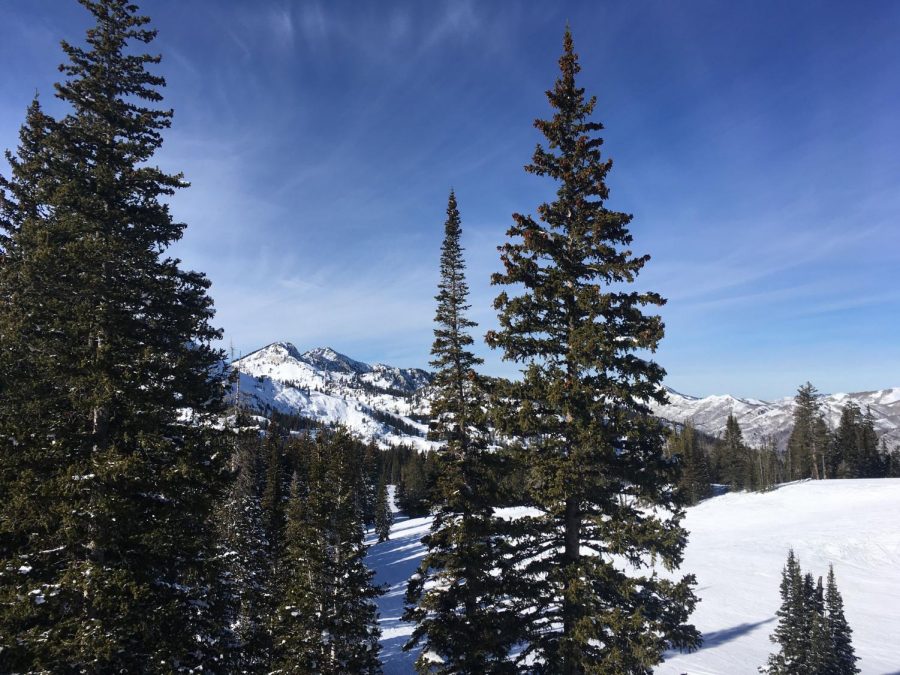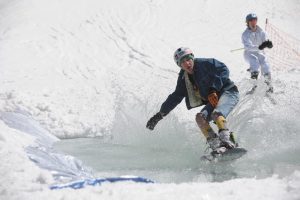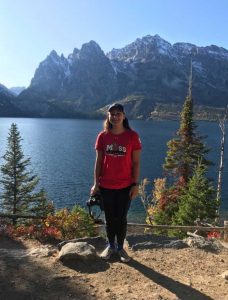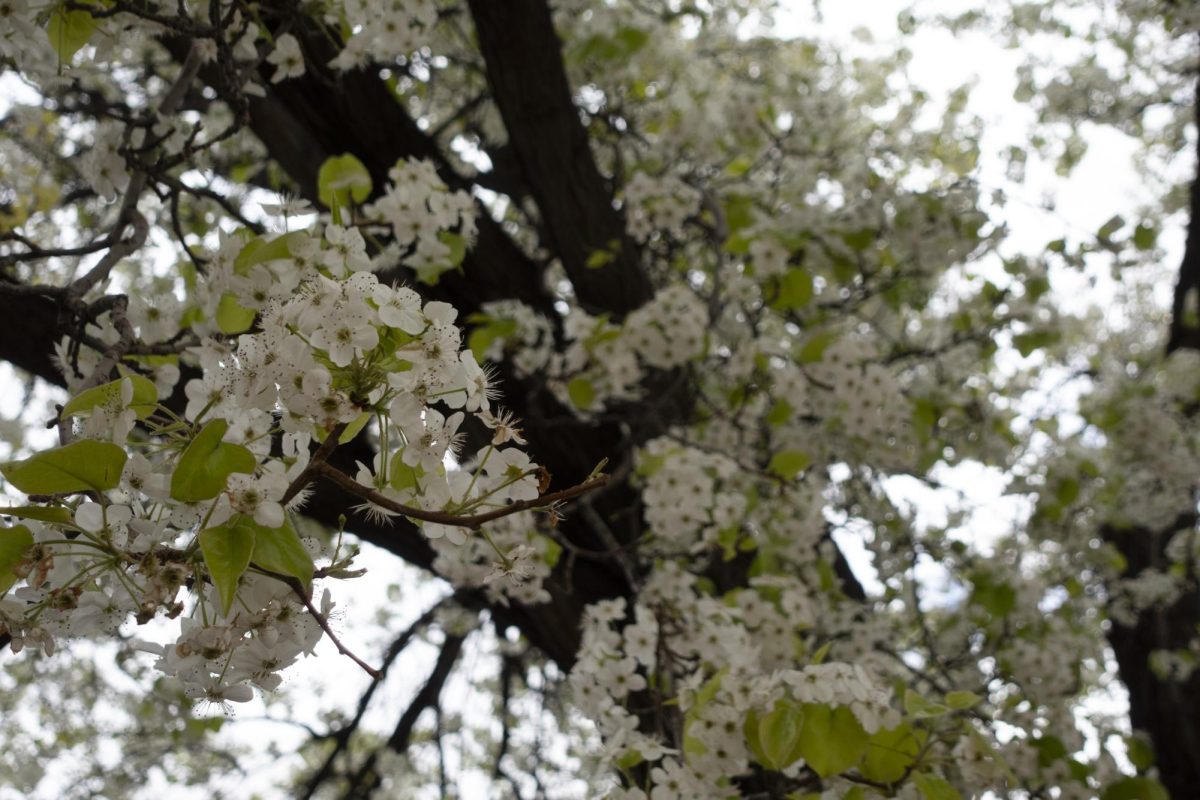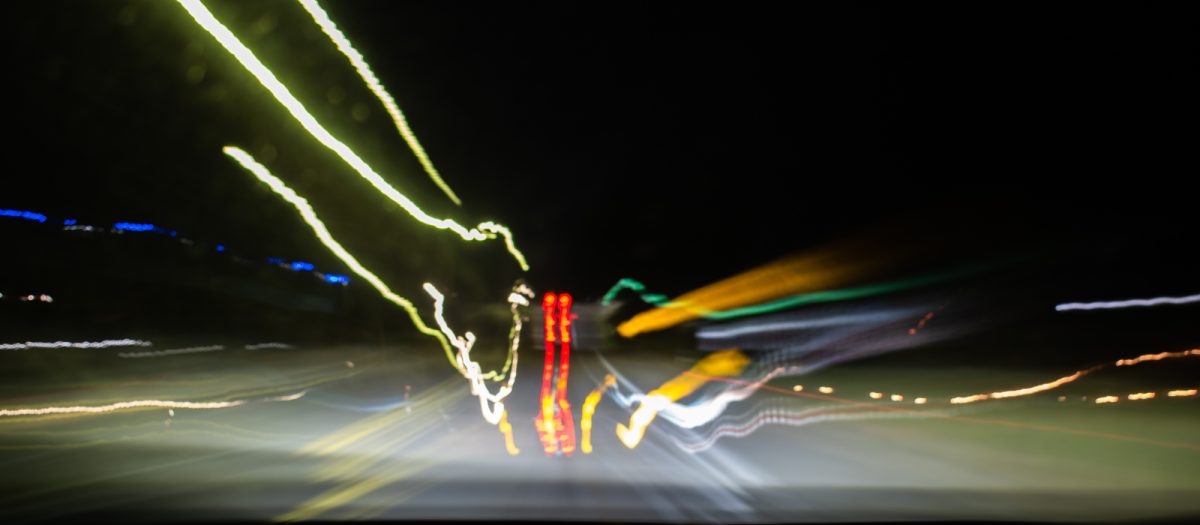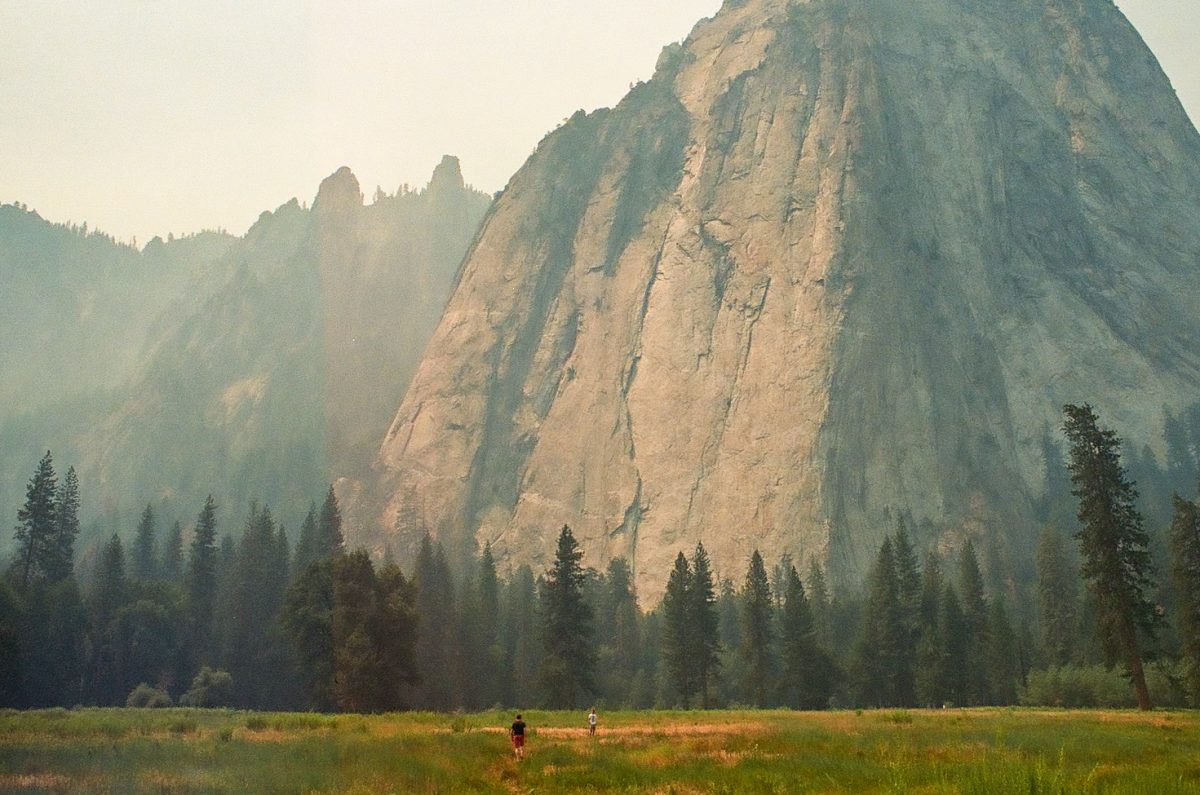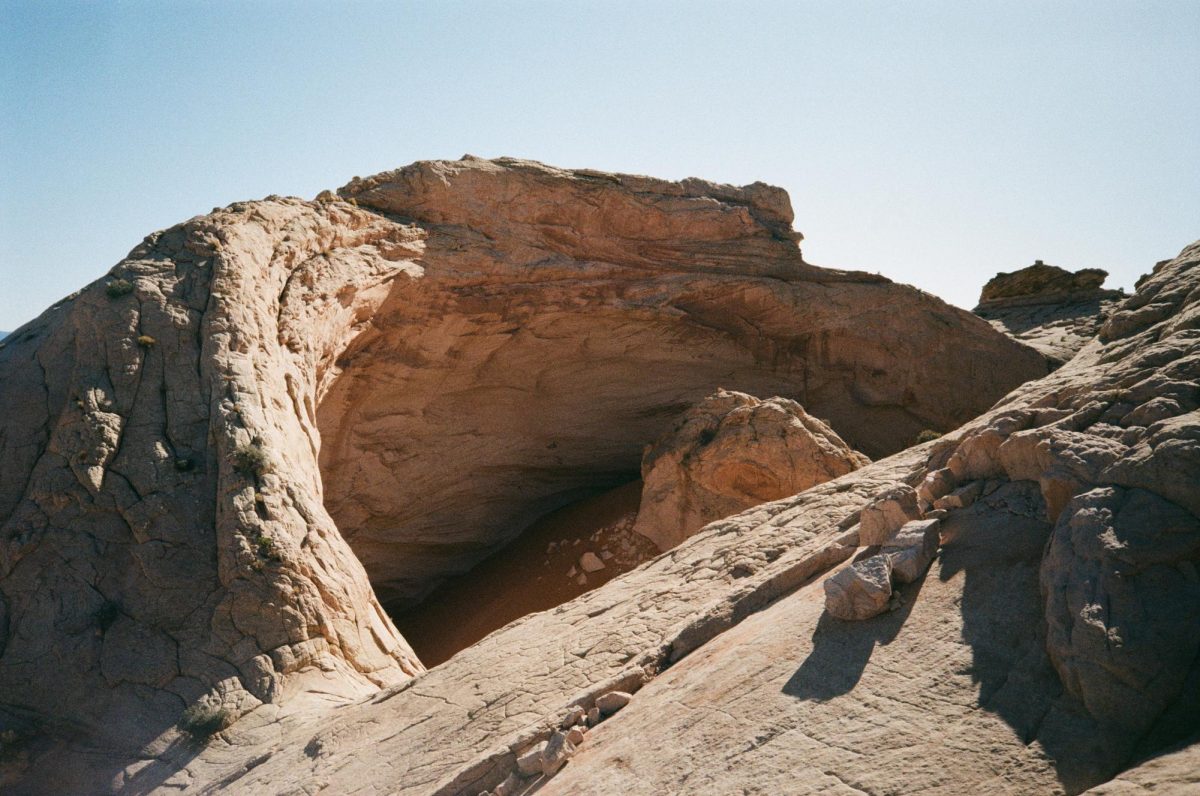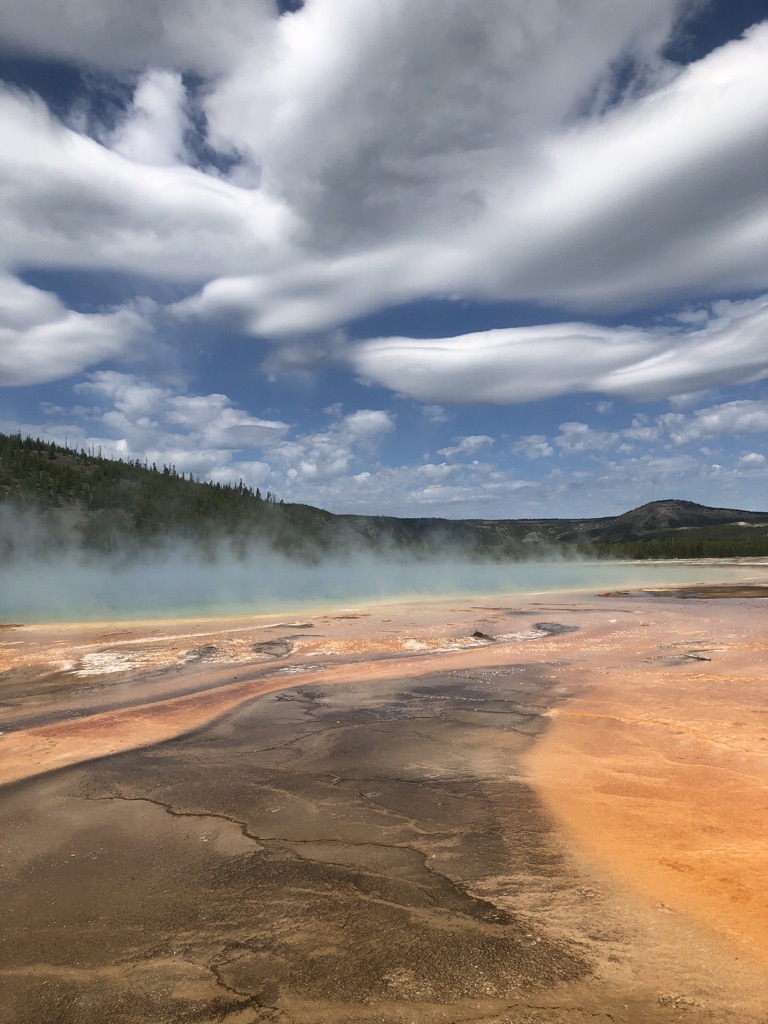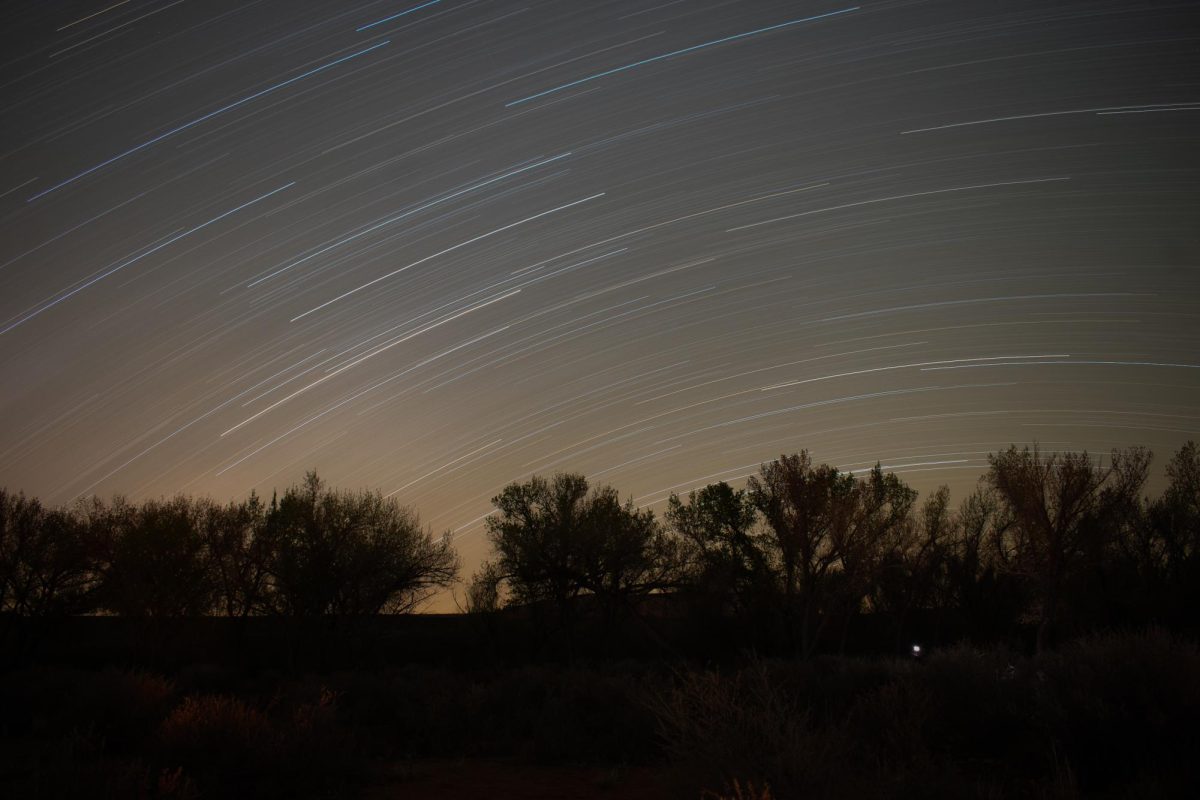The Science Behind Avalanches—One of Nature’s Deadliest Disasters
February 17, 2020
Avalanches are not only one of the most dangerous natural disasters, they are also one of the most common. The Colorado Avalanche Information Center reports that between 2009-2019, an average of 25 people died in avalanches per winter across the United States. Many of these accidents happened right here in Utah. There is certainly reason to be fearful of avalanches and their prevalence, but proper caution and understanding of the science behind them can mitigate risks and allow skiers and snowboarders to safely enjoy untouched powder.
On the surface, avalanches are a simple concept that only require three main factors to occur: a weak layer of snow, an angled slope and a trigger. Yet, the science between how, why and where avalanches occur is far more complex. For starters, there are two main types of avalanches — a sluff avalanche and a slab avalanche. These two types of slides vary depending on weather conditions as well as where the weak layer is found in the snowpack.
The less deadly of the two avalanche types is the sluff avalanche. While still posing great danger, a sluff avalanche is far less damaging and results in an avalanche with a lesser volume of snow due to the location of the weak layer in the snowpack. A sluff avalanche occurs when the weak layer of snow is found near the top of the pack and releases a slide of looser, lighter snow. Sluff avalanches can be described as tumbling powder that covers a smaller area and ends rather quickly. Slab avalanches, on the other hand, are far more violent.
A slab avalanche occurs when the weak layer within a snowpack is found in the middle or lower layers. Rather than a shapeless mass of light snow like a sluff slide, a slab releases a slide consisting of each layer above the weak layer that separated. As the mass of snow thunders down the slope, the large slabs break apart, which creates a cloud of snow, ice, and something that can be best described as a wall of snow. The National Geographic reports that a fully developed slab avalanche can reach speeds over 200 miles per hour during its movement down a slope. The mass and velocity of a slab avalanche drastically intensify their danger as well as the path of destruction they leave behind. A slab avalanche can not only take human and animal lives, but it can also bury cars on nearby passes, flatten trees and foliage and raze houses and other structures.
While sluff and slab avalanches are different in their composition and destruction, the way in which they are triggered is the same. Avalanches are often set off by earthquakes, but even far more gentle vibrations can trigger a slide. Just a single skier or snowboarder can trigger an avalanche when they find themselves in the wrong place at the wrong time. In fact, the majority of avalanche victims were the main trigger of the slide in which they were caught.
Avalanches are a threat essentially any time there is snow on a slope, but recognizing the risks and warning signs of a possible avalanche can keep mountain goers safe. The best way to ensure your safety in an area that has not been avalanche blasted is by first checking local reports and avalanche danger levels, as well as checking layers for stability before dropping lines. There are also plenty of local resources that can provide potentially life-saving information, including the Utah Avalanche Center and their Know Before You Go Program. The University of Utah also offers courses that grant students avalanche safety certification.
Regardless of your avalanche knowledge, it is paramount that you always have proper gear with you and that you never venture alone.

